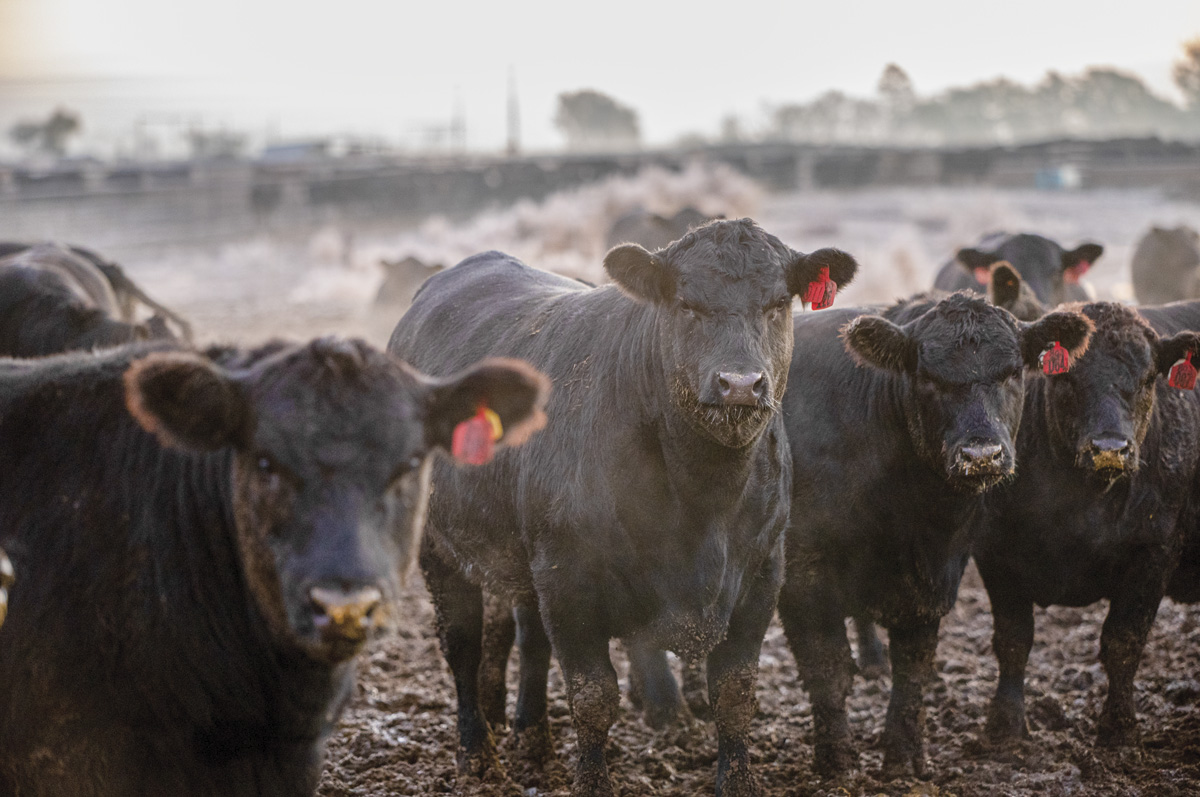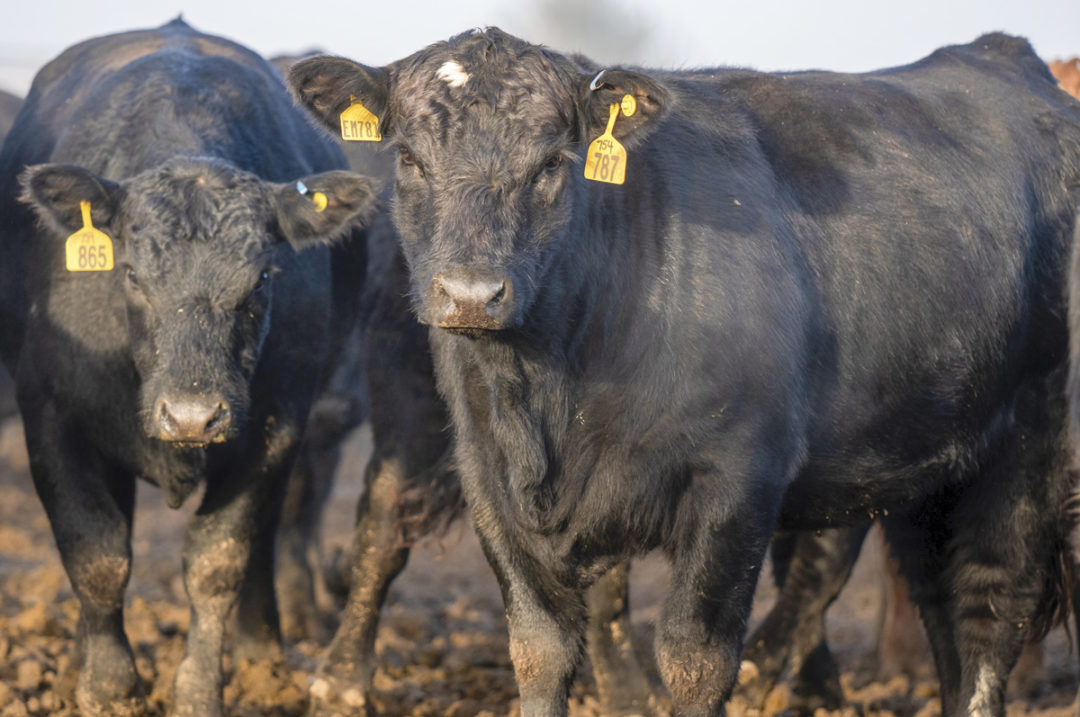Hoof health impacts every aspect of your beef herd’s profitability. Managing for hoof health through environmental challenges and seasonal change is critical for your cattle to achieve lifetime performance.
With the arrival of warmer temperatures, extra-wet conditions this year will likely be – or already have been – an obstacle to your herd. The threat of foot rot is present through all seasons because the bacteria responsible for the disease lives in the cow’s digestive system and are excreted through manure. However, these bacteria have an advantage in prolonged wet conditions and will proliferate, causing a risk to your herd’s health.
As beef cattle are exposed to wet conditions, their feet experience a loss of barrier function. Similar to land erosion, excessive moisture will deteriorate the skin surrounding the hoof and the keratin within the hoof, turning soft spots into skin and hoof lesions with ease. In a cow-calf setting, dry matter intake (DMI) will likely decrease when lameness occurs. This energy deficit and hoof pain can result in lower reproductive performance, making it harder for cows to cycle and breed back. Cows can also struggle with reduced milk production, resulting in poorer calf performance and lower weaning weights. When bulls are experiencing hoof problems, they are unable to adequately cover the herd, and you may end up with a smaller calf crop.
Lameness in the feedlot will result in fewer trips to the bunk and lower DMI. Hoof health issues dampen productivity but also require additional out-of-pocket expenses for time, labor and veterinary intervention. This requires more time to finish an animal, leading to increased costs and lower profitability.
Common hoof issues that present themselves both on pasture and in the feedyard are foot rot and digital dermatitis. Foot rot is a bacterial infection of the skin between the toes on hooves and causes pain and swelling. Digital dermatitis occurs when non-infected cattle are exposed to infected cattle. These conditions occur and accumulate over a period of time and can be difficult to detect right away, making proactive solutions and awareness extremely important.
 Providing a dry place to lie down, even when conditions are wet generally, will help keep problems like foot rot at bay. Photo courtesy of Zinpro Corporation.
Providing a dry place to lie down, even when conditions are wet generally, will help keep problems like foot rot at bay. Photo courtesy of Zinpro Corporation.
A good resource for preventing hoof issues is good trace mineral nutrition. A proactive nutrition strategy that meets animal needs and delivers the right nutrients for metabolic functions and maintenance will make the difference as ground starts to thaw. It’s important to make sure your animals have everything needed for preventive biological functions, which calls for supplementing beyond an inorganic mineral salt lick and forage. While these sources do contain trace minerals, they are often not in a readily available source and do not contain an adequate supply to meet the animal’s requirements. Supplementing your herd with proven organic trace minerals year-round keeps the skin and hoof barrier and immune system fueled for times of stress. Trace minerals, especially zinc and iodine, are needed to combat the challenges of wet conditions. Zinc maintains skin integrity, the first barrier to prevent foot rot bacteria from entrance, and is a critical nutrient for skin cell production and wound healing. Trace minerals are necessary for the immune system to mount quick responses, but adequate stores need to already be present in the animal for this to take place and act as preventive care. When animals receive the correct trace mineral nutrition year-round, hoof issues can be kept at bay, and reproduction, weaning weights, feedlot gain and carcass weight can improve.
In addition to analyzing your nutrition plan, keep a sharp eye on the environment and manage to protect cows from wet conditions whenever possible. Provide animals a dry space to lie down and stand so hooves can have a break from constant moisture. Take some time to scan the pasture or pen for hoof hazards like sharp rocks or broken concrete and remove them, especially in areas that cattle tend to congregate. You also can test your water and make sure antagonists are not present, as that can have an impact on the efficacy of your nutrition efforts.
Though difficult to detect, learning to observe the signs of lameness can protect your cattle and save money in the long run. Invest time in locomotion scoring and analyze cattle for signs of discomfort when working with them. A slightly short stride, head bob, limp or arched back can be the difference between early detection and a quick fix or a culled animal.
Protect your operation’s bottom line and position your cattle for success ahead of seasonal changes. Being cognizant of seasonal challenges and working with an expert who can help you identify issues, enact management strategies and prevent hoof damage in your herd will help keep lameness out of sight. Assess what trace minerals are currently available to your herd, and fill any gaps before expected wet conditions occur for a healthy spring and profitable year.







